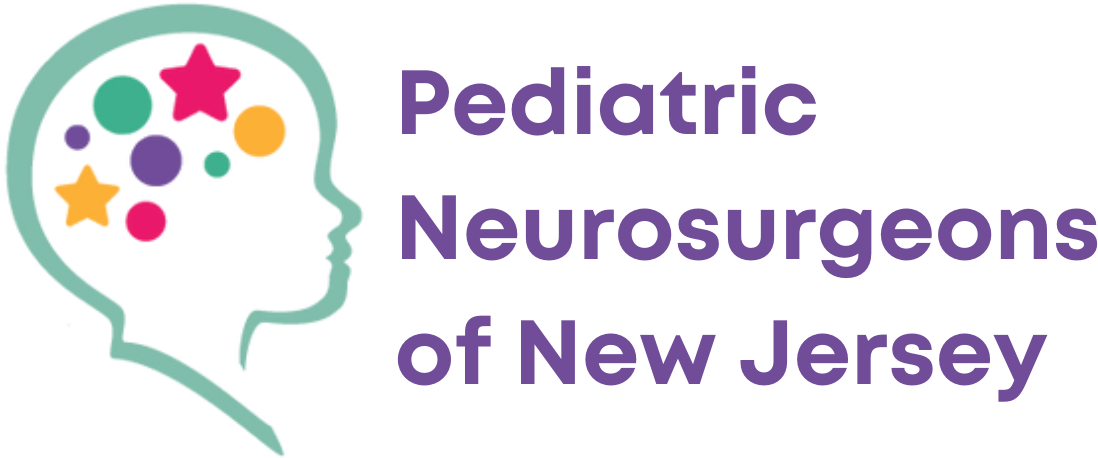Pediatric spine disorders and diseases include various conditions that affect the spinal column in children. From scoliosis and spinal cord tumors to congenital spine abnormalities, these complex challenges demand specialized care. Board-certified pediatric neurosurgeon Dr. Vogel leads our team at Pediatric Neurosurgeons of New Jersey in providing expert evaluation and treatment for children facing spine-related issues.
The Anatomy
The spinal column, also known as the vertebral column, comprises a series of vertebrae stacked on top of one another. In children, it typically consists of 33 vertebrae, which include cervical (neck), thoracic (mid-back), lumbar (lower back), sacral, and coccygeal segments. These vertebrae protect the delicate spinal cord while allowing for movement and flexibility. Running within the spinal canal formed by the vertebrae is the spinal cord.
The spinal cord serves as a vital pathway for transmitting signals between the brain and the rest of the body. The nerves branching out from the spinal cord control various bodily functions and enable sensory perception. Any abnormalities or conditions affecting the spinal cord or its surrounding structures can result in pediatric spine disorders and diseases, necessitating specialized care and treatment by skilled pediatric neurosurgeons like Dr. Vogel.

The Prevalence
Pediatric spine disorders and diseases are relatively rare, and their exact prevalence varies depending on the specific condition and geographical region. Some of the more commonly diagnosed spine disorders in children include scoliosis, congenital vertebral anomalies, and spinal cord tumors. Scoliosis, characterized by an abnormal curvature of the spine, is among the most prevalent, affecting approximately 2-3% of adolescents.
The Conditions Treated:
- Scoliosis: Scoliosis is a common condition characterized by an abnormal sideways curvature of the spine. It can be idiopathic (of unknown cause) or congenital (present at birth) and often requires bracing or surgical intervention to prevent progression and maintain spinal alignment.
- Congenital Vertebral Anomalies: These are structural abnormalities of the vertebrae present at birth. Conditions like congenital scoliosis, hemivertebrae, or butterfly vertebrae can impact spine development and require specialized care.
- Spinal Cord Tumors: Tumors that develop within or near the spinal cord can affect neurological function and require surgical removal, radiation therapy, or chemotherapy.
- Spina Bifida: Spina bifida is a neural tube defect that can result in incomplete development of the spinal cord and vertebrae. It may lead to a range of motor and sensory issues.
- Kyphosis: Kyphosis is an excessive forward rounding of the spine, often seen in conditions like Scheuermann’s disease or as a result of poor posture.
- Lordosis: Lordosis is an abnormal inward curvature of the spine, commonly associated with conditions like spondylolisthesis or muscular dystrophy.
- Tethered Cord Syndrome: Tethered cord syndrome occurs when the spinal cord is attached to surrounding tissues, leading to neurological problems and movement difficulties.
- Chiari Malformation: Chiari malformation involves the displacement of brain tissue into the spinal canal, potentially causing headaches, neck pain, and other neurological symptoms.
- Others: Ankylosing spondylitis, back pain, myleopathy, chordoma and chondrosarcoma, intervertebral disc bulge, intervertebral disc herniation, kyphosis and sagittal imbalance, spinal metastasis, compression fracture, spine trauma, radiculopathy, spondylolisthesis, spondylolysis, spondylosis, spinal fracture, synovial cyst, thoracolumbar fracture, spinal fistula and spinal arteriovenous malformations (AVM), spasticity, spinal cord injury.
Spinal disorders and diseases can manifest in numerous forms. Our team conducts a thorough evaluation to identify the type and root cause of the condition and curate personalized treatment plans. Timely intervention can improve your child’s quality of life and long-term outcomes.
Risk Factors for Pediatric Spine Disorders and Diseases:
- A family history of spine disorders.
- Congenital scoliosis or vertebral anomalies.
- Spinal injuries, such as fractures or dislocations.
- Certain neurological conditions, like cerebral palsy or spinal cord tumors.
- Spine infections.
- Some metabolic conditions that affect bone development.
- Abnormalities in the development of the spine.
- Conditions affecting muscle and nerve function.

The Diagnosis
The diagnosis often begins with a thorough medical history review and physical examination to identify symptoms and assess spinal alignment. Advanced imaging techniques like X-rays, MRIs, and CT scans are often used to visualize the spine’s structure and identify abnormalities. Additionally, neurological testing may be conducted to assess motor function and sensory responses. An accurate diagnosis forms the basis for developing a tailored treatment plan to address the specific spine condition and provide the best possible care for the child.
The Treatment
The treatment for pediatric spine disorders and diseases is individualized to each child’s unique condition and needs. Non-surgical treatments may include observation and monitoring, physical therapy, and bracing to correct the spinal curve or prevent its progression. For certain cases, we may recommend surgical procedures like spinal fusion, bone resection, spinal osteotomy, and vertebral column resection. Dr. Vogel and our team collaborate with a multidisciplinary team of experts to provide comprehensive care for each child’s spine-related challenges.
Schedule Your Consultation
Dr. Tim Vogel is a distinguished pediatric neurosurgeon, recognized for his exceptional expertise in addressing complex neurological conditions in children. With a history as the former Chief of Pediatric Neurosurgery at Joseph M. Sanzari Children’s Hospital, he has helped countless children lead healthier, more fulfilling lives with prompt, compassionate care. If your child is facing a spine disorder or disease, we invite you to schedule a consultation. Contact us to arrange your consultation and provide your child with the prompt care they deserve.

